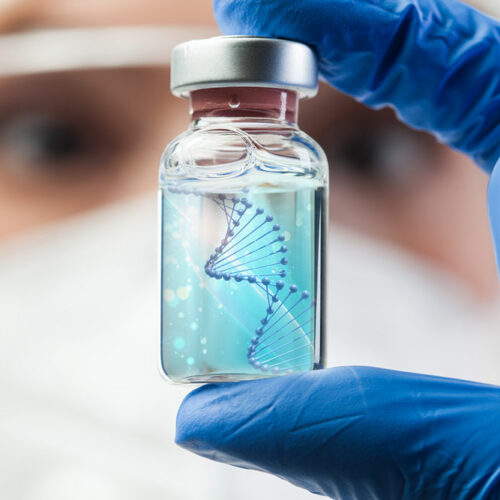Key differences between Novavax and mRNA vaccines

Essentially, most vaccines that serve a common end goal tend to be pretty similar on the surface. For instance, Novavax and the other distinctive mRNA-based vaccines, such as those developed by other prominent manufacturers, are the various types of COVID-19 jabs available there. However, they differ in their underlying technology and how they stimulate an immune response to protect against the SARS-CoV-2 virus. Here’s an overview of the differences between Novavax and other mRNA vaccines: Vaccine technology Novavax The Novavax COVID-19 vaccine, known as NVX-CoV2373 or simply Novavax, uses a more traditional vaccine technology called protein subunit. It contains a piece of the SARS-CoV-2 virus, specifically the spike protein found on the virus’s surface.






